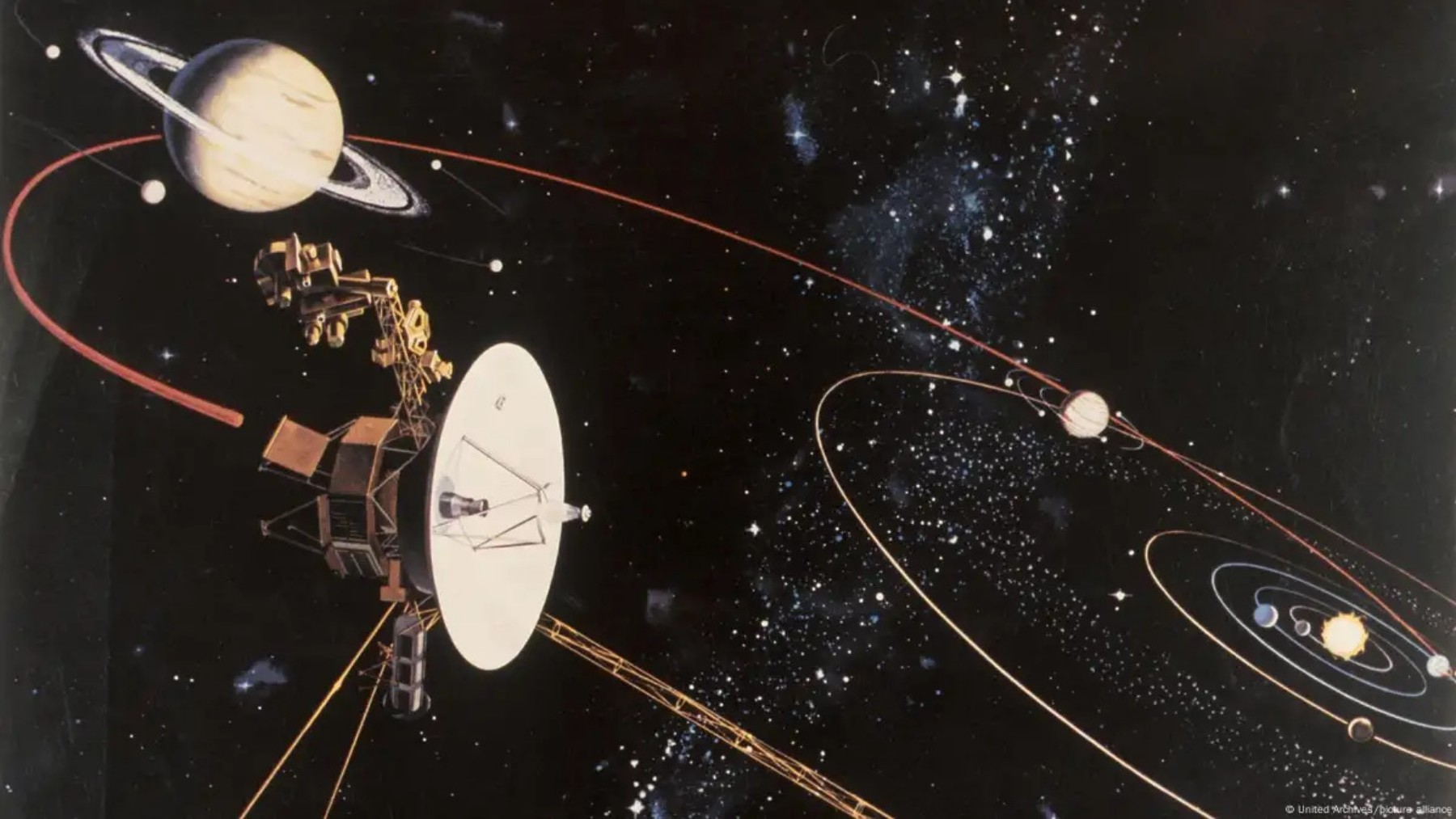Have you heard of the Voyager probe? That probe that has been traveling through space for years. In fact, there are two of them. Voyager 1 and Voyager 2. NASA launched them into space in 1977 with a mission; to explore the solar system, investigate how far it extends, and if possible, go beyond. Fifty years have passed, and the probes continue to navigate space, gathering useful information for scientists on Earth. While for some scientists the end of the Solar System coincides with the end of Neptune, others believe they are located in the Oort Cloud.
However, NASA provides the following definition: ‘The point at which the solar wind loses its strength and the domain of interstellar space begins. This point is called the heliopause.’ According to the agency, this is where our Solar System ends. This solar wind emitted by the Sun creates a bubble around the Solar System known as the heliosphere, where, according to researchers, we are within the Sun’s “protection”.
However, if we go beyond that bubble, we enter a region where both radiation and magnetic fields are entirely different. Both probes crossed the heliopause with a six-year difference, and the data they reported caught attention: the region had such high temperatures that it was dubbed the ‘wall of fire.’ It is not a solid wall, but rather a concentration of energetic particles and an interstellar magnetic field that seemed to be aligned with that of the heliosphere. Does this mean that the region outside the heliosphere does not follow its own laws as previously thought?
Voyager 1 , Voyager 2
To talk about the Voyager probes, we must go back to the year 1977 when the world was oblivious to the internet and social media. It was the year that NASA launched two spacecraft called Voyager 1 and Voyager 2 into space, with the goal of exploring the universe beyond the limits of the Solar System. Both were launched from Cape Canaveral, Florida, the first on August 20 and the second on September 5. Together, they have managed to gather information about Jupiter, Saturn, Uranus, and Neptune, and they continue their journey through space while still sending information back to Earth.
What is the heliosphere?
Many researchers share the same doubt regarding space; how far does the Solar System extend? Some believe it goes as far as Neptune, others as far as the Oort Cloud. However, NASA provided the following definition, “The point at which the solar wind loses its strength and the domain of interstellar space begins. This point is called the heliopause”.
It is known that the solar wind emitted by the Sun creates a bubble that surrounds our Solar System, which is known as the heliosphere. As long as we are within it, we understand the laws under which the universe operates, but what happens if one crosses it? Scientists say that it is a region where both radiation and magnetic fields change completely.
The Voyagers cross the fire wall
At the moment when the probes crossed this bubble, everything known until now was put into question. The data obtained was not the result of a single probe, but both crossed that region 6 years apart, reporting the same data. Both reported having crossed an area of extreme temperatures of 54,000-90,000 ºF. This region was known as the wall of fire.
According to NASA, “With Voyager 1, scientists had only one sample of these magnetic fields and could not say with certainty whether the apparent alignment was characteristic of the entire outer region or simply a coincidence. The observations from Voyager 2’s magnetometer confirm Voyager 1’s findings and indicate that the two fields are aligned”. It is important to note that this is not a solid wall but a region where the concentration of extremely energetic particles occurs.
Change of scenery
What was the surprise? The sensors of the ships reported the behavior of the interstellar magnetic field beyond that wall and, contrary to everything that was known, it was aligned with the internal magnetic field of the heliosphere. What does this mean? Researchers are unable to answer this question and propose all kinds of hypotheses. We will have to wait for the probes to report more information in order to reach a conclusion.
Are NASA’s projects in jeopardy?




